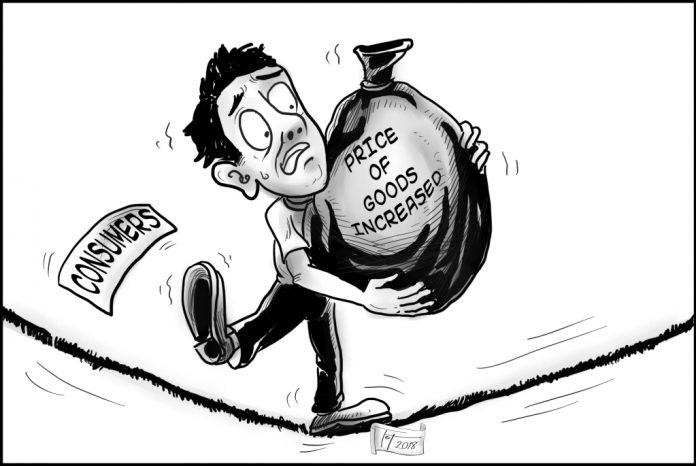
IF THE Alliance of Concerned Teachers (ACT) were to be believed, the perennial problems in the public education system, “aggravated by the ill-planned and haphazardly implemented” K to 12 program, led to the increase in the number of out-of-school children and youth.
It cited the 2016 Annual Poverty Indicators Survey of the Philippine Statistics Authority itself – 3.8 million or one in 10 children (aged 6 to 24) are not in school. Most of them, or almost 3.3 million, are aged 16 to 24 years old and are supposed to be in senior high school or college level already. More than half or about 53 percent of them belong to the poorest families, too.
The government brags the increase in the net enrolment in elementary and high schools but there are still millions deprived of their right to education. The number of children accommodated in the public school system gets smaller as one goes from Kinder to Grade 12. According to ACT, almost eight percent of Grade 6 students do not graduate and reach Grade 7 while 18 percent of junior high school students do not reach senior high school. This is further supported by the data from the Human Development Report 2015 showing that the mean years of schooling in 2014 is only 8.9.
This shows that the average Filipino youth does not even graduate from junior high school. With this statistics and the perennial problems of shortages of teachers and classrooms, a question begs for an answer: Why add two more years to basic education, without careful planning and preparation of the curricula, learning materials and personnel?
House Resolution 1887 is seeking an inquiry on the implementation of the K to 12 program. For one, it should look into whether or not the Education department has a monitoring system to track Grade 12 graduates – if they were immediately employed, if they pursued college education or otherwise.
Is there underfunding of our public schools? The shortage of classrooms and schools, especially high schools, forces children coming out of four to five elementary schools to be crammed into a single high school. This means classrooms bursting to capacity, deteriorating learning and teaching conditions, eventually, dropping out of the student.
When she assumed office in 2016, Education secretary Leonor Briones promised that the department would work on the Alternative Learning System (ALS) program and even said “no one will be left behind.” But it is clear there are still millions of Filipino youth left behind.
The government must be constantly reminded of its constitutional duty to ensure every Filipino youth’s access to free quality basic education.

